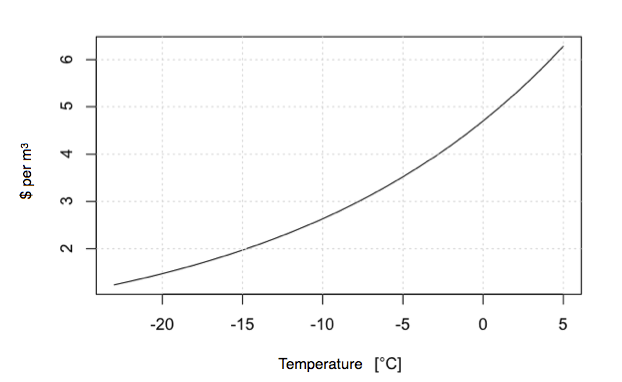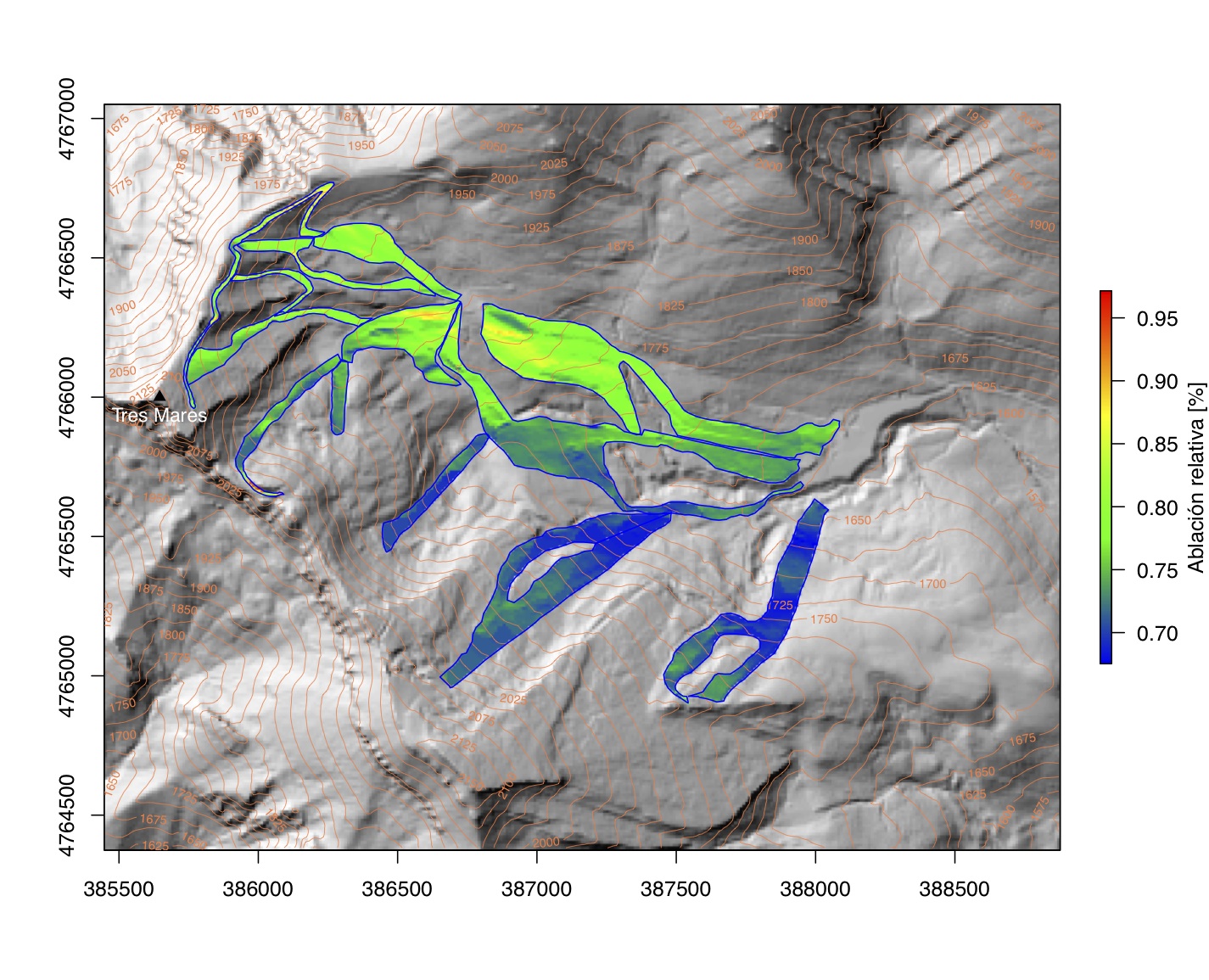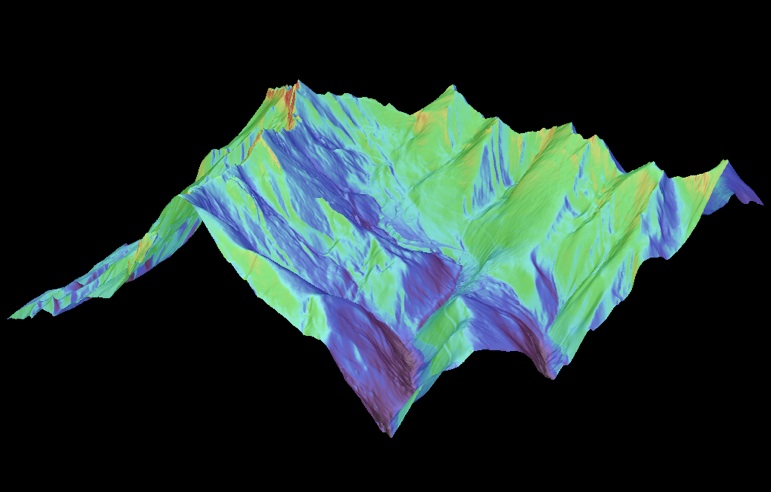Snow making is a very important part of the operating costs of most ski resorts. Therefore any optimization in the snow making process can result in substantial savings.
We provide all the necessary meteorological parameters for a successful planning of the snow production. The example below shows just a few variables for the ski resort of Sierra Nevada.
Connecting to database...

Traditionally wet bulb temperature is seen as the threshold for snow production, but performance can decrease if melting conditions prevail after the snow particle production. In fact, a study by Colorado State University for Aspen Skiing Company, shows that the cost per gallon of water converted to snow increases exponentially with dry bulb temperature (Figure 1)¹.

Snow production cost per cubic meter as function of dry bulb temperature.
In order to improve efficiency and reduce costs, we can provide a wide range of data and tools, from an hourly forecasting of wet bulb temperature and wind, to a full study of the initial life cycle of the snow particle, including surface temperature, snow radiative cooling, insolation, shading, topography, etc, that permits choosing the optimal window for snow making.

Example of relative ablation on the ski slopes of Alto Campoo. The redish-yellow areas indicate zones where snow ablation (fusion plus sublimation) is higher. The bluish areas are zones where snow is preserved better.

As above but in a 3-D perspective.
(1) Edwards et al. 2001. Energy Efficiency Assessment Report For Aspen Skiing Company Snowmaking Operations. Colorado State University, Industrial Assessment Center, Department of Mechanical Engineering, Fort Collins, Colorado.
